The natural paradise of birds in the Esteros del Iberá [Argentina]The natural paradise of birds in the Esteros del Iberá [Argentina]
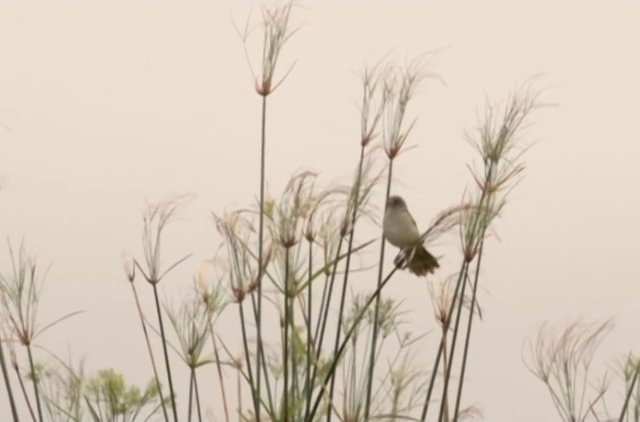
The Esteros del Iberá constitutes one of the largest and most important wetland macrosystems in Neotropical America, which earned it its designation as a Provincial Reserve.
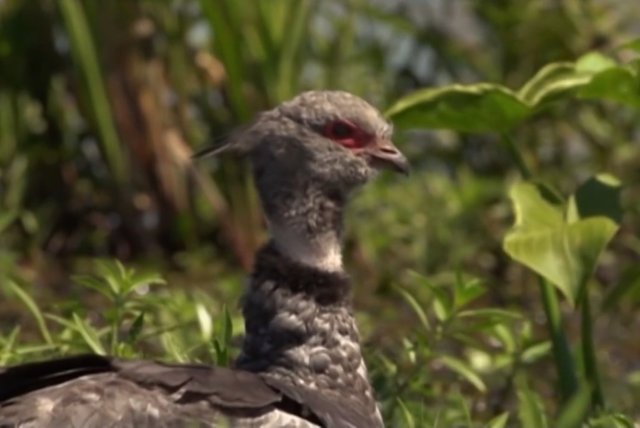
The diet of the sparrowhawk pollero is based mainly on small insects, mammals and reptiles of medium size. They are generally established in extensive mountains, in savannas and lush forests.
Likewise, within this extensive wetland, the second in importance after the Pantanal in Brazil, the Esteros del Iberá National Park has recently been created. With a very rich and varied bird life. Ideal for watching.
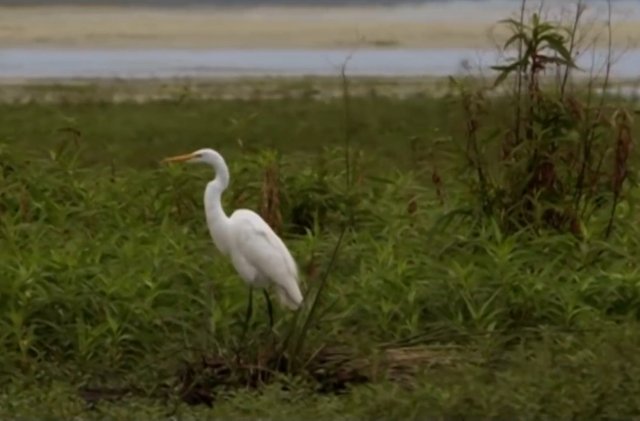
The white heron is large and solitary except when there is concentration of food and it forms groups.
It is also one of the least altered regions of Argentina, preserving threatened species and relatively pristine habitats, although growing and diverse human activities are increasingly impacting the region.
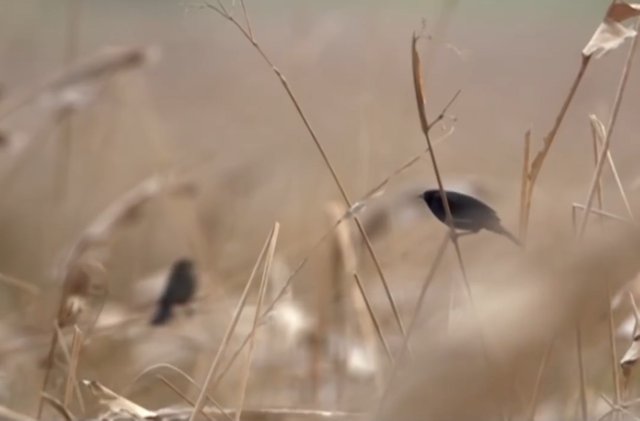
The boyero is black with an ivory-colored beak and makes its hanging nest, made of woven fibers, shaped like a bag with an upper entrance. Its natural habitat is low forests and tropical or subtropical swampy areas.
The isolation of the contiguous river systems, its exclusive feeding by rains and its location in a transitional region between several biogeographical provinces and between tropical and temperate climates, make Iberá a particular and unique system.
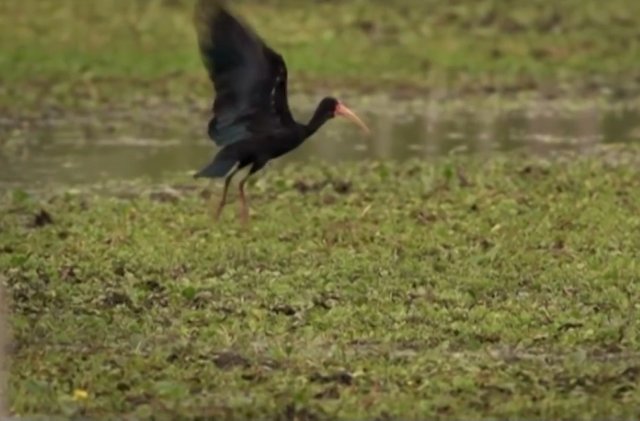
The black cormorant is a species found in any large body of water within its global range, including lakes, rivers, estuaries, and coastal waters.
One of the most salient aspects is the number of birds: more than 350 species. A community of birds that presents variations in its composition, richness, abundance and diversity in relation to biogeographic and ecological zones of Iberá.
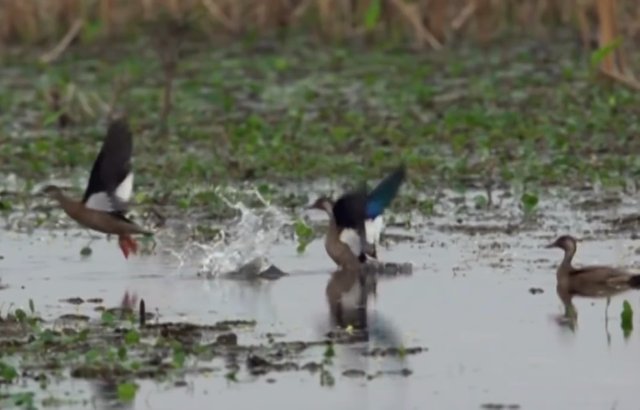
The mallard duck is a very common and widespread species in all the Esteros del Iberá.
There are some threatened species that have found in this ecosystem the only way to continue subsisting.
There is even an underwater world, despite the depth of the humedial not exceeding two meters, practically unknown.
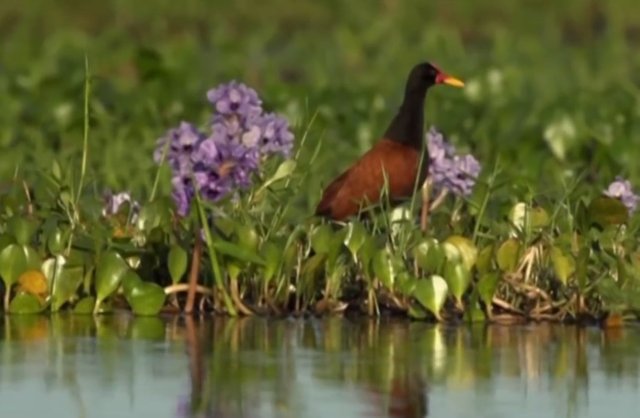
The jacaná is a very common marsh bird in the Esteros del Iberá. His toes are so long that he can walk on floating aquatic vegetation without sinking
Plants that continue to grow underwater, unknown fish, a whole underwater world of little depth, but new and fascinating even for science that has studied it very little, dedicating itself above all to underwater life in the oceans and seas.
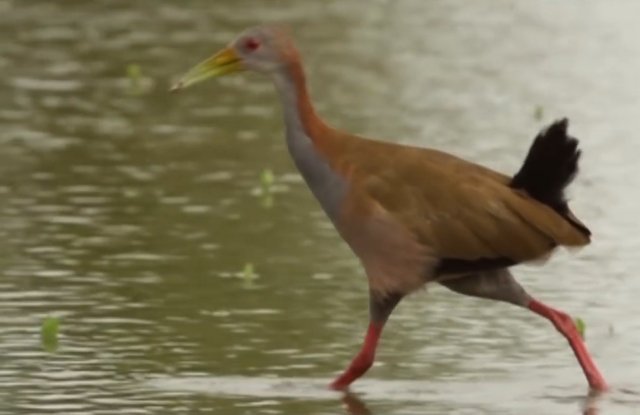
Similar in appearance to a redfish, the Ipacaá is a bird that inhabits the island bush, roaming through swamps and swamps in search of insects, worms, seeds and fruits, which make up a broad, almost omnivorous diet.
Let's see some of the species that we have managed to photograph.
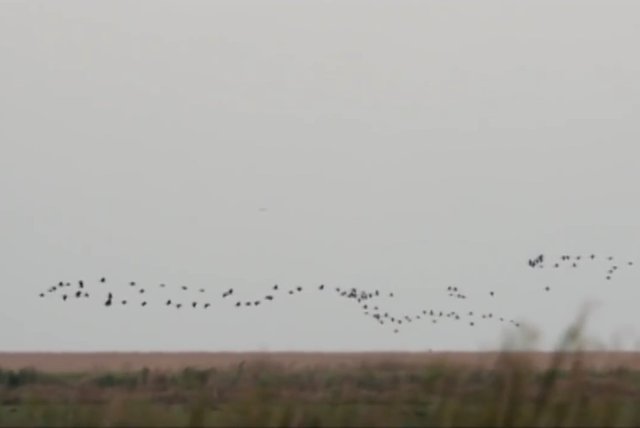
The Esteros del Iberá [Argentina] are a natural paradise for birds.
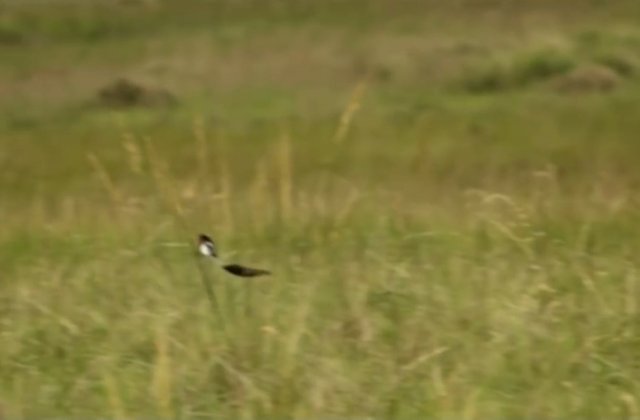
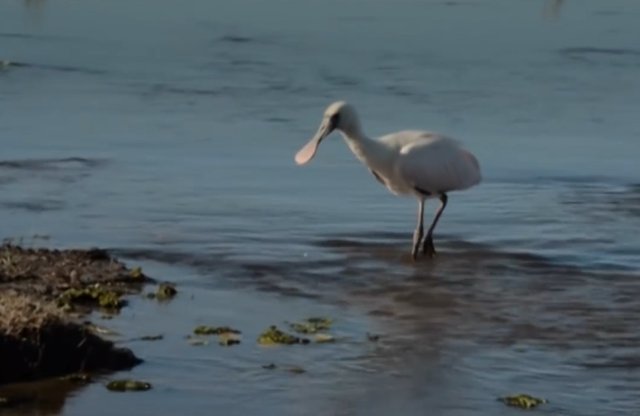
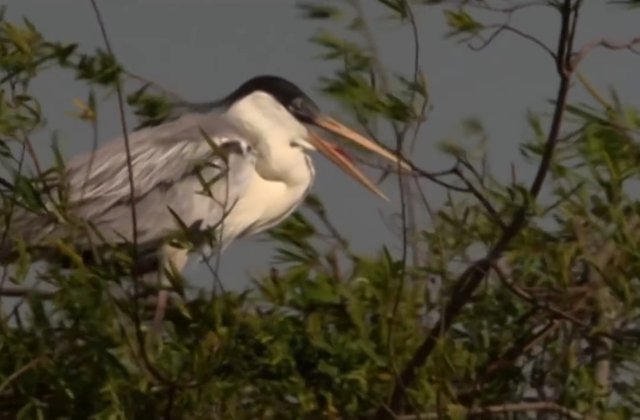
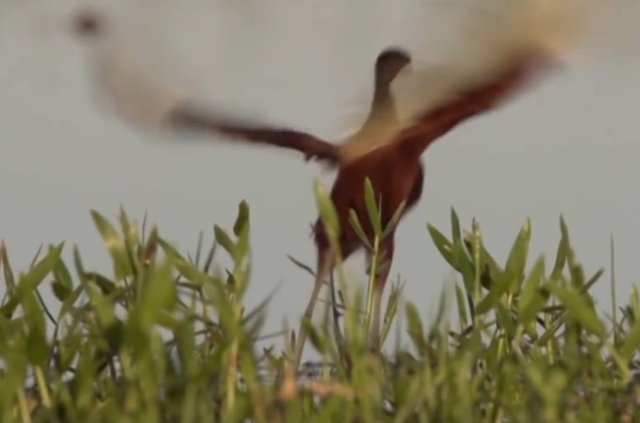
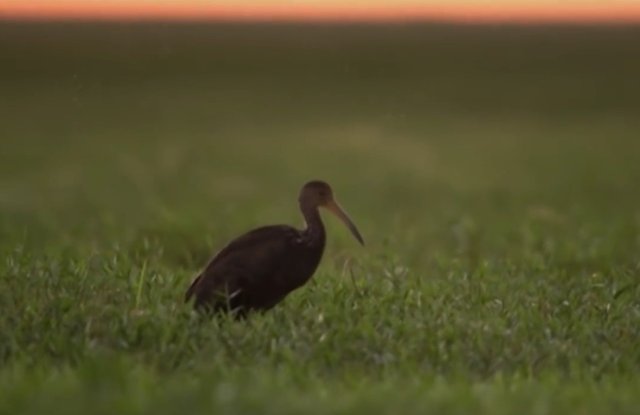
https://steemit.com/hive-148441/@testarasta/the-natural-paradise-of-birds-in-the-esteros-del-ibera-argentina
I hope you enjoyed this book. If you have any questions, or want to supplement this post, please write in the comments area. You can also visit Facebook, Twitter, Linkedin, Instagram, Pinterest and Feedly where you'll find further information in this blog. SHARE THIS!











0 comments:
Post a Comment
Do not insert clickable links or your comment will be deleted. Check the Notify me notifications to be notified via email of new comments. If I helped you with the post or with the answers to the comments, share on Facebook or Twitter. Thank you.